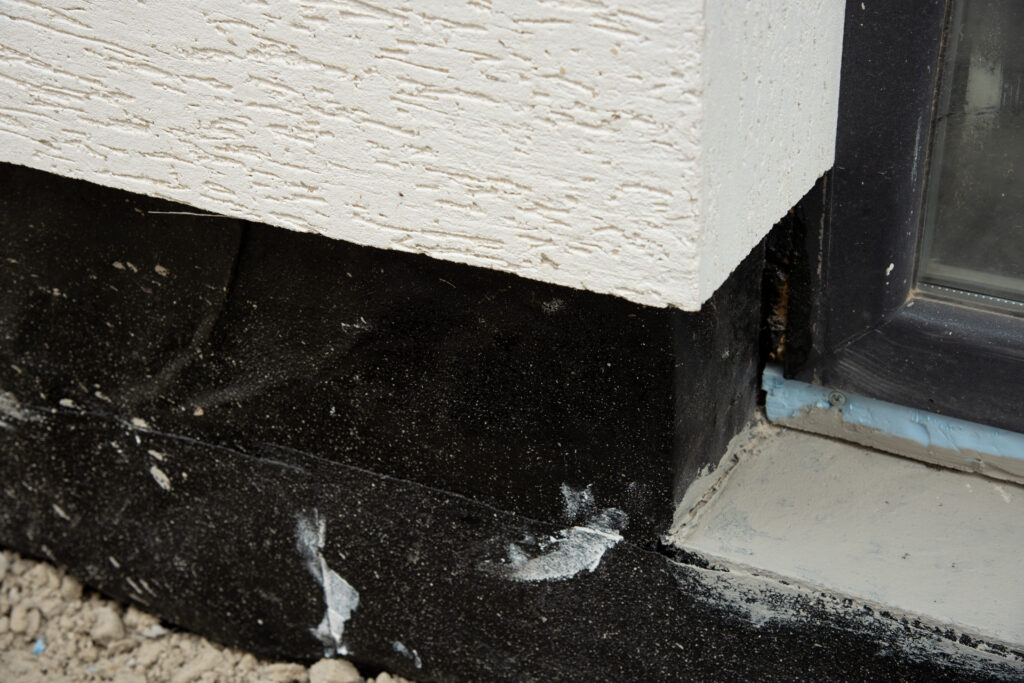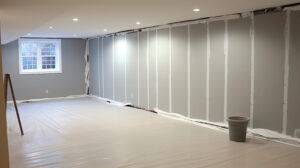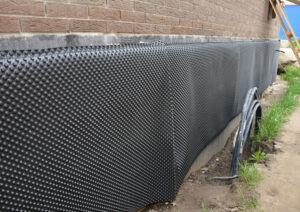Waterproofing protects against water damage. It also preserves overall structural integrity. In addition, it keeps your basement dry. When looking for an ideal solution, you mainly have two options to choose from. Each method addresses moisture challenges. However, they achieve this differently.
An internal barrier manages water that has already entered your place. On the other hand, the external technique prevents it from getting inside in the first place. Your choice depends on the exact challenge that you are facing. This article compares these two plans in detail.
The Interior Solution
Water seeps in via cracks or walls. This remedy helps to tackle this complication efficiently. This is usually done through the installation of drainage systems. Some great examples here include French drains or sump pumps. It may also entail the application of sealants. This is to control dampness.

Best Ways To Waterproof a Basement
Pros
Cost-Effective
These techniques are affordable. This is because they do not require heavy excavation. They also do not lead to disruptions to your landscaping. The strategy here entails the use of systems like sump pumps. These ones can be installed with minimal labor and materials.
Minimal Disruption
The problems are handled from the inside. Therefore, your landscaping or driveway remains untouched. This makes it a convenient option. This is especially true for finished basements or houses with limited access.
Cons
Reactive Approach
These approaches don’t manage overflow entry into your house. Instead, they only manage and redirect after it has already seeped in. This is a great way to keep spaces dry. However, it doesn’t address the real setback.
Less Protection
The foundation remains vulnerable to prolonged exposure to hydrostatic pressure. This problem could later lead to deterioration. This means that symptoms will be tackled but not the actual cause.
The Exterior Solution
It works to prevent overflow from reaching the foundation. It entails excavating the soil around the base. Afterward, sealants are applied. This addresses intrusion at the source. By doing this, it provides excellent protection. This minimizes the risk of structural damage. It also prevents basement flooding.
Pros
Increases Structural Integrity
It avoids complications like soil erosion and cracks. By doing this, it limits long-term deterioration caused by hydrostatic pressure. Therefore, it’s the best at maintaining strength and stability.
Long-Term Effectiveness
It reduces the risk of deterioration. By doing this, it provides lasting protection that could extend your residence’s life. It also reduces the chances of doing expensive repairs in the future.
Cons
High Initial Cost
The labor and materials needed are expensive. As a homeowner, this upfront investment is a huge financial burden. It might therefore not be feasible for many. Due to this, consider weighing the costs. This is prior to making the final decision.
More Disruptions
The process is invasive and time-consuming. This is because it entails labor-intensive activities. One such example is excavating. It may also require removing landscaping or driveways. These actions are quite disruptive. They may even lead to limited access to some parts of your house.
Which One Works Best?
Choosing the best remedy for you will depend on the specific problem that you are experiencing. An external barrier is the most effective long-term solution. This is because it stops overflow from reaching your foundation. However, it’s quite expensive and disruptive. On its part, the internal tactic deals with moisture that is already inside. Due to this, it’s less invasive and more affordable.
With this information in mind, if you are dealing with water that has already entered, consider the internal system. However, if you are protecting your indoors from damage, go for the external technique. If you have both issues, then contemplate a combination of the two approaches.
Waterproofing is effective for maintaining the safety and comfort of your residence. Regardless of the plan you choose, you need to understand how it works. This will help you comprehend what it’s best suited for. Instead of going for a one-size-fits-all solution, take time to assess your home’s needs.
For the best possible results, consider professional advice from professionals like us. At Dry Master Waterproofing, we can help you come up with the right strategy. This is courtesy of our experience in dealing with moisture issues. With our assistance, you should be able to achieve a home that stays moisture-free and protected for years to come. Regardless of the problem you are dealing with, you can be sure that we’ll deliver a quality service. Reach out to us today for a safer and more comfortable home.



